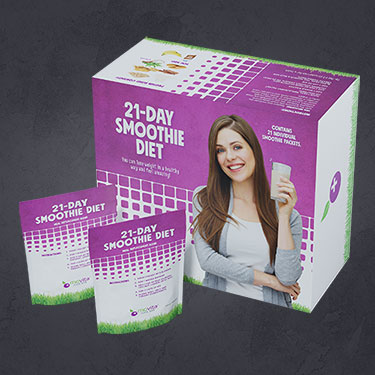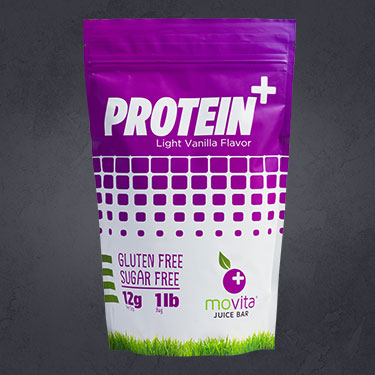
Frozen dinners have come a long way and are certainly improved from the high fat, low fiber varieties that were mainly meat and potato based. Now consumers can buy vegan, gluten-free, calorie controlled, kid-friendly and other varieties of frozen meals. But are they the healthiest option on the shelf? This week we’ll take a look at the good, bad and the ugly in the frozen meal section.
For starters, a frozen meal does not need to be a full meal. For blood sugar management, be sure to include some protein such as frozen fish, lean meat, beans or legumes. Edamame adds an elegant touch to meals and is an excellent plant-based protein.
Ideally, a product should be low in total fat, trans and saturated fat. If a product contains 300 calories, it should have no more than 9 grams of fat per serving to be considered low-fat. Meals containing red meat, cream, butter sauce or cheese may be off limits if low-fat is the goal.
While your meal may not taste sweet, sugar seems to be fairly prevalent in many frozen meals. Typically meals containing teriyaki sauce, BBQ sauce, fruit glaze or a dessert in the meal (cooked fruit in sauce, mini cake or brownie), will be higher in sugar.
Sodium seems to be an overly dispensed ingredient in most frozen meals. We could all use a little less sodium in our lives given the connection between sodium intake and hypertension.
A nutrient we could all use more of is fiber. Ways to improve fiber intake when choosing frozen meals include choosing entrees that include whole grains like brown rice or quinoa or meals with beans or legumes in vegetarian entrees. Adding a side salad, microwaved or steamed vegetable or fruit for dessert will also round out a meal and boost fiber intake.
Finally, rather than relying completely on frozen, pre-packaged meals, why not try a few easy tips to create your own meals? Here are a few items to keep on hand for quick meals:
- Cooked batches of brown rice, couscous, or quinoa to mix with fresh meats and fresh or frozen veggies
- A variety of frozen veggies
- Mashed potatoes
- Lean protein such as frozen fish, pork tenderloin or skinless poultry
- Vegetarian entrees with less sodium
Make your own meal kits:
- Stir fry dinners using squeeze ginger, low sodium soy sauce and jarred garlic
- Lower sodium chicken entrees paired with veggies and brown rice
- Seafood that can be baked or broiled and paired with frozen veggies and yams
- Fresh chicken with frozen veggies and quinoa
- Orange chicken (use only a quarter of the sauce) and serve over frozen brown rice and a big salad
Go easy on:
- Cheesy items like pizza, lasagna and pasta, which are usually too high in saturated fat and sodium
- Most pasta entrees are high in sodium
- Pot pies or “pocket sandwiches” are high in fat and sodium
- Fried items
- Items that are high in saturated fat, sodium, and or calories.
DISCLAIMER: These statements have not been evaluated by the FDA. The information is for informational purposes and is not intended to treat, diagnose or cure any illness. Consult a physician before taking any action.
Want to contribute great content?
We are looking for contributors provide our readers with great healthy content to encourage positive living. If you're interested in becoming a contributor pease email us at blog@movitajuicebar.com



